Jane Russell, 1921–2011
The voluptuous star who bothered the censors
Jane Russell was a movie star long before much of the American public saw her first movie. Billionaire industrialist and film producer Howard Hughes discovered her in 1940 when she was 19. Captivated by her voluptuous curves, he cast her in a Western, The Outlaw—and even designed a seamless bra for her to wear on-screen to show off her breasts. (Finding the bra “ridiculous,” she wore her own during filming.) But the movie poster, showing a sultry, gun-toting Russell in a shoulder-baring blouse, was too provocative for U.S. movie standards of the time. Hughes pulled The Outlaw from release while he negotiated with censors, who didn’t clear it until 1949. Russell, meanwhile, publicized the movie anyway, attracting large crowds and becoming a favorite pinup of American GIs.
Born in Bemidji, Minn., Russell was a gifted comedienne whose looks threatened to overshadow her talent, said The Wall Street Journal. A favorite co-star of Bob Hope (who often introduced her as “the two and only Jane Russell”), she appeared with him in The Paleface, The Road to Bali, and Son of Paleface. She also starred opposite Marilyn Monroe in the film adaptation of Gentlemen Prefer Blondes.
Russell married her high school sweetheart, Bob Waterfield, a star quarterback in college and professional football, said the Los Angeles Times. A botched abortion during her high school years had left her unable to have children. After encountering numerous obstacles to adoption, the couple founded the World Adoption International Fund in the 1950s to help other couples in the same plight. They later divorced, and Russell was widowed in turn by two subsequent husbands. A staunch conservative and foe of abortion, she described herself in 2003 as “a teetotal, mean-spirited, right-wing, narrow-minded, conservative Christian bigot, but not a racist.” She died a day after watching the Academy Awards.
The Week
Escape your echo chamber. Get the facts behind the news, plus analysis from multiple perspectives.

Sign up for The Week's Free Newsletters
From our morning news briefing to a weekly Good News Newsletter, get the best of The Week delivered directly to your inbox.
From our morning news briefing to a weekly Good News Newsletter, get the best of The Week delivered directly to your inbox.
A free daily email with the biggest news stories of the day – and the best features from TheWeek.com
-
 R&B singer D’Angelo
R&B singer D’AngeloFeature A reclusive visionary who transformed the genre
-
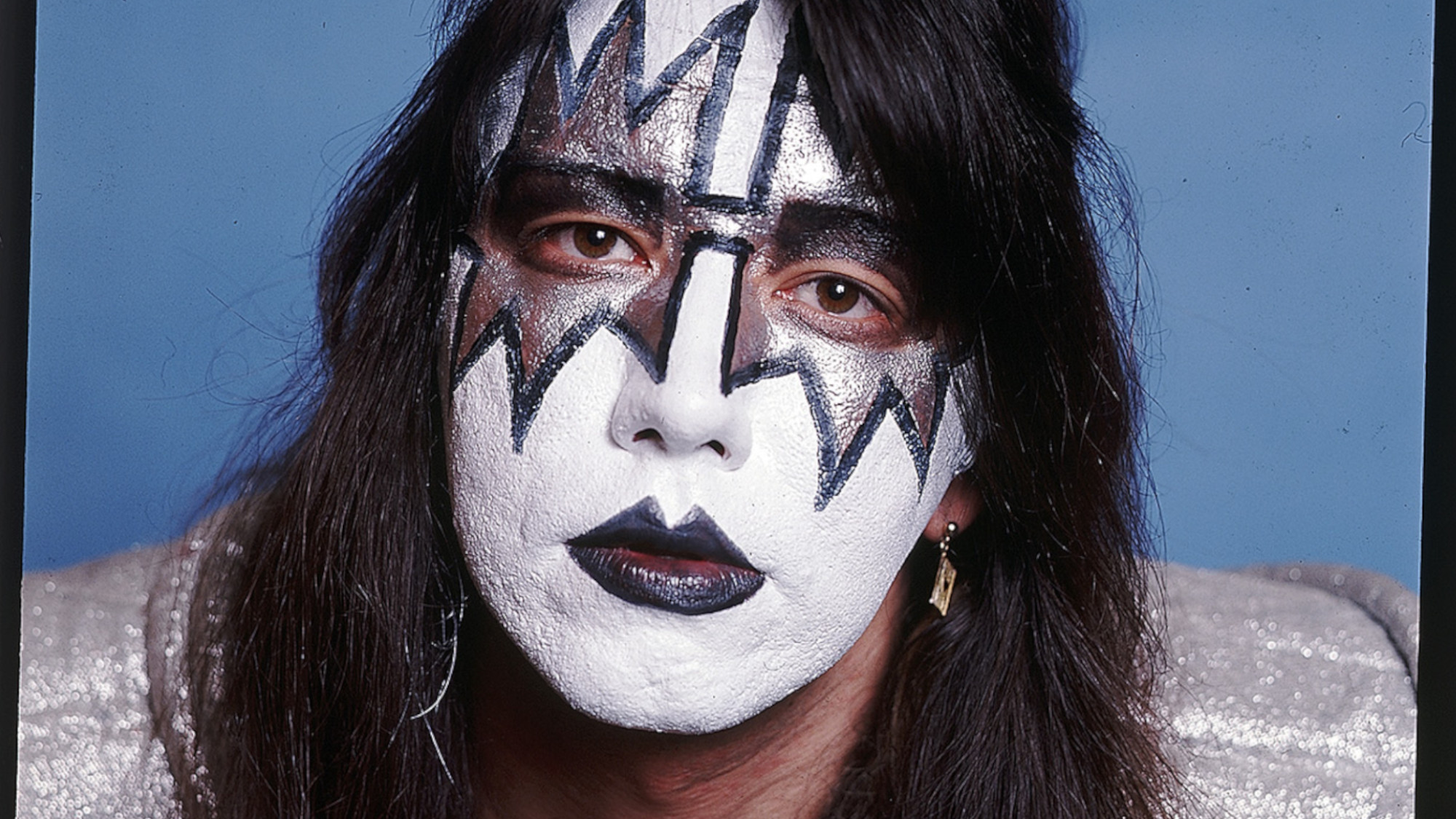 Kiss guitarist Ace Frehley
Kiss guitarist Ace FrehleyFeature The rocker who shot fireworks from his guitar
-
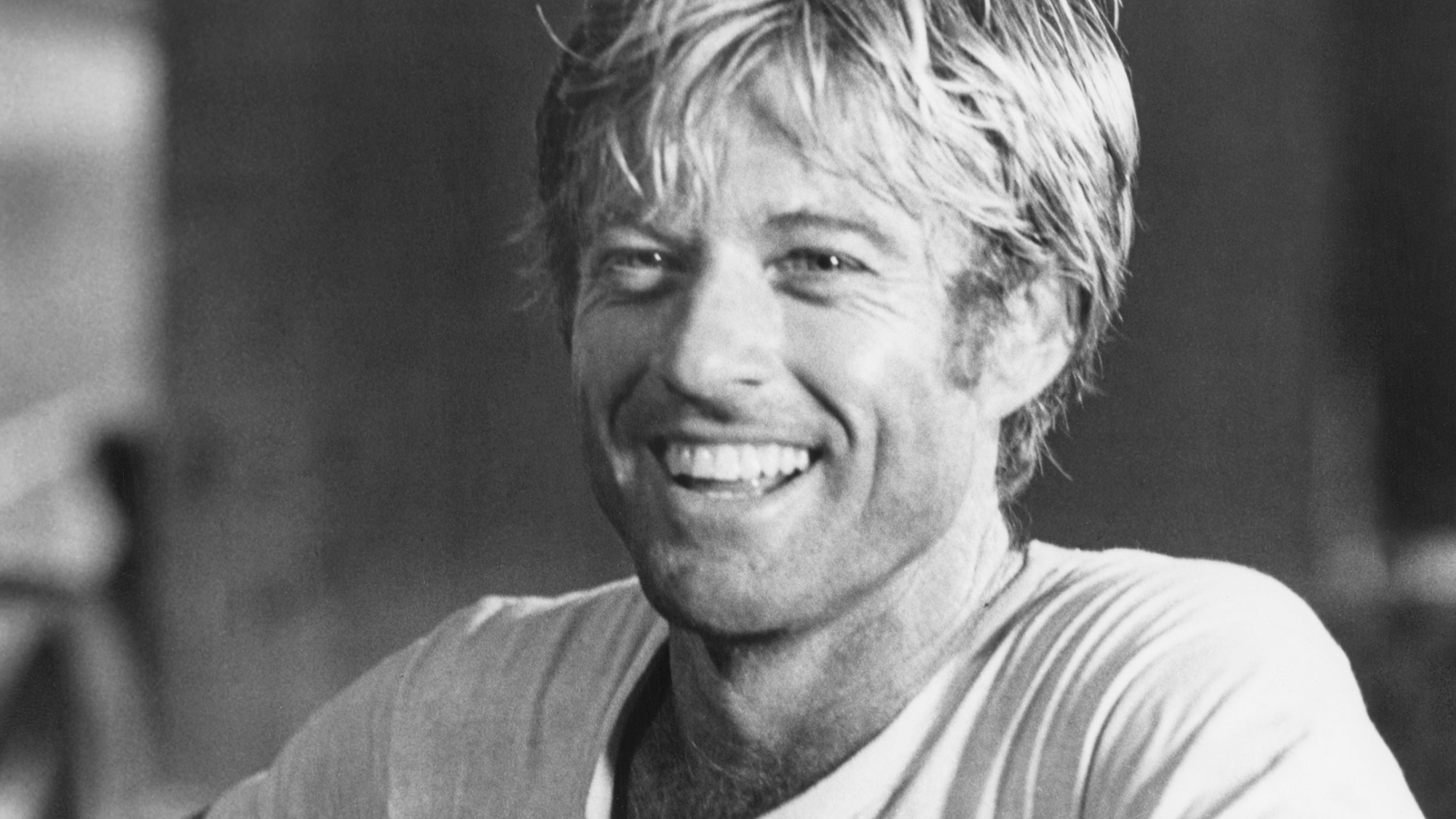 Robert Redford: the Hollywood icon who founded the Sundance Film Festival
Robert Redford: the Hollywood icon who founded the Sundance Film FestivalFeature Redford’s most lasting influence may have been as the man who ‘invigorated American independent cinema’ through Sundance
-
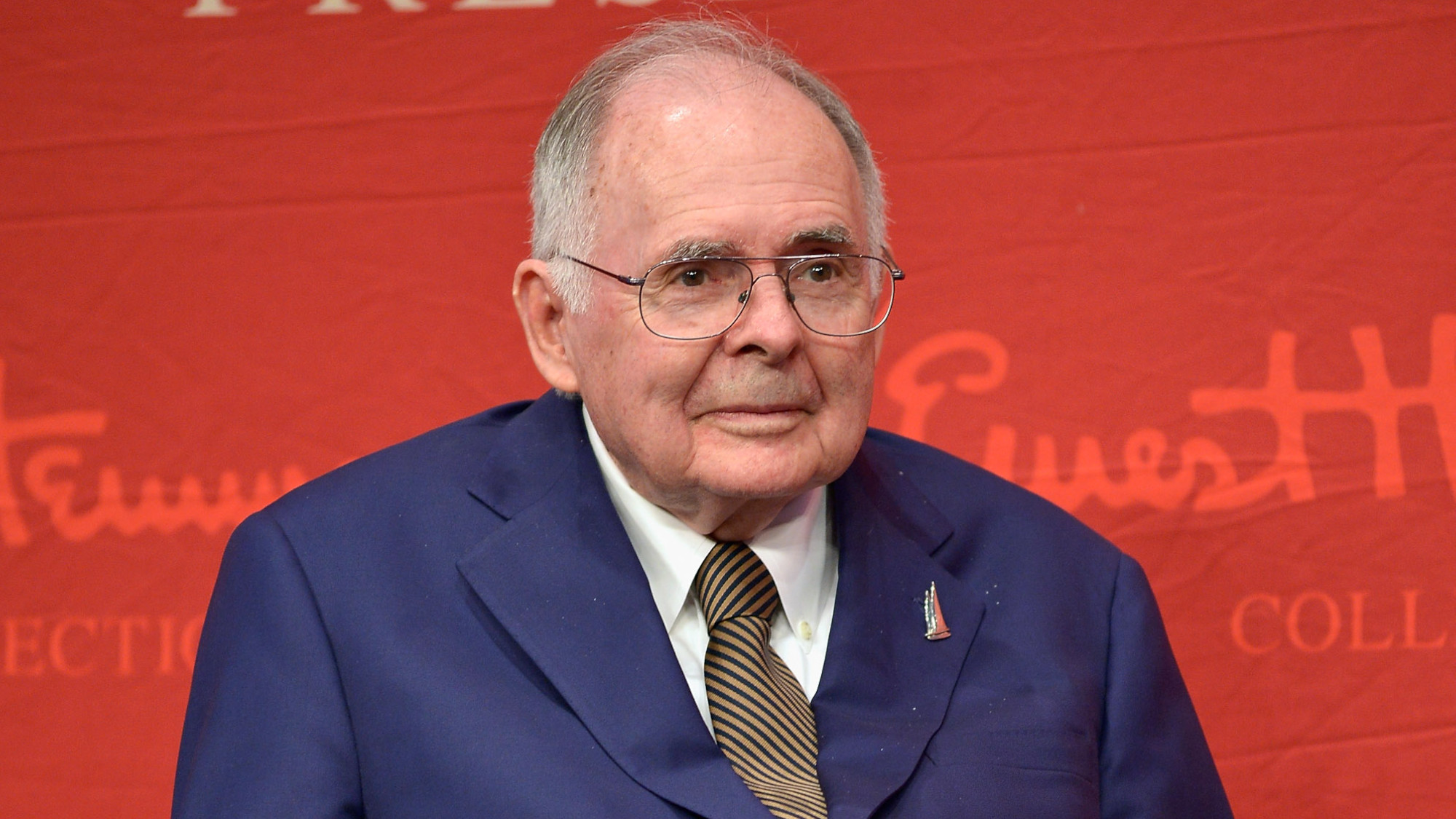 Patrick Hemingway: The Hemingway son who tended to his father’s legacy
Patrick Hemingway: The Hemingway son who tended to his father’s legacyFeature He was comfortable in the shadow of his famous father, Ernest Hemingway
-
 Giorgio Armani obituary: designer revolutionised the business of fashion
Giorgio Armani obituary: designer revolutionised the business of fashionIn the Spotlight ‘King Giorgio’ came from humble beginnings to become a titan of the fashion industry and redefine 20th-century clothing
-
 Ozzy Osbourne obituary: heavy metal wildman and lovable reality TV dad
Ozzy Osbourne obituary: heavy metal wildman and lovable reality TV dadIn the Spotlight For Osbourne, metal was 'not the music of hell but rather the music of Earth, not a fantasy but a survival guide'
-
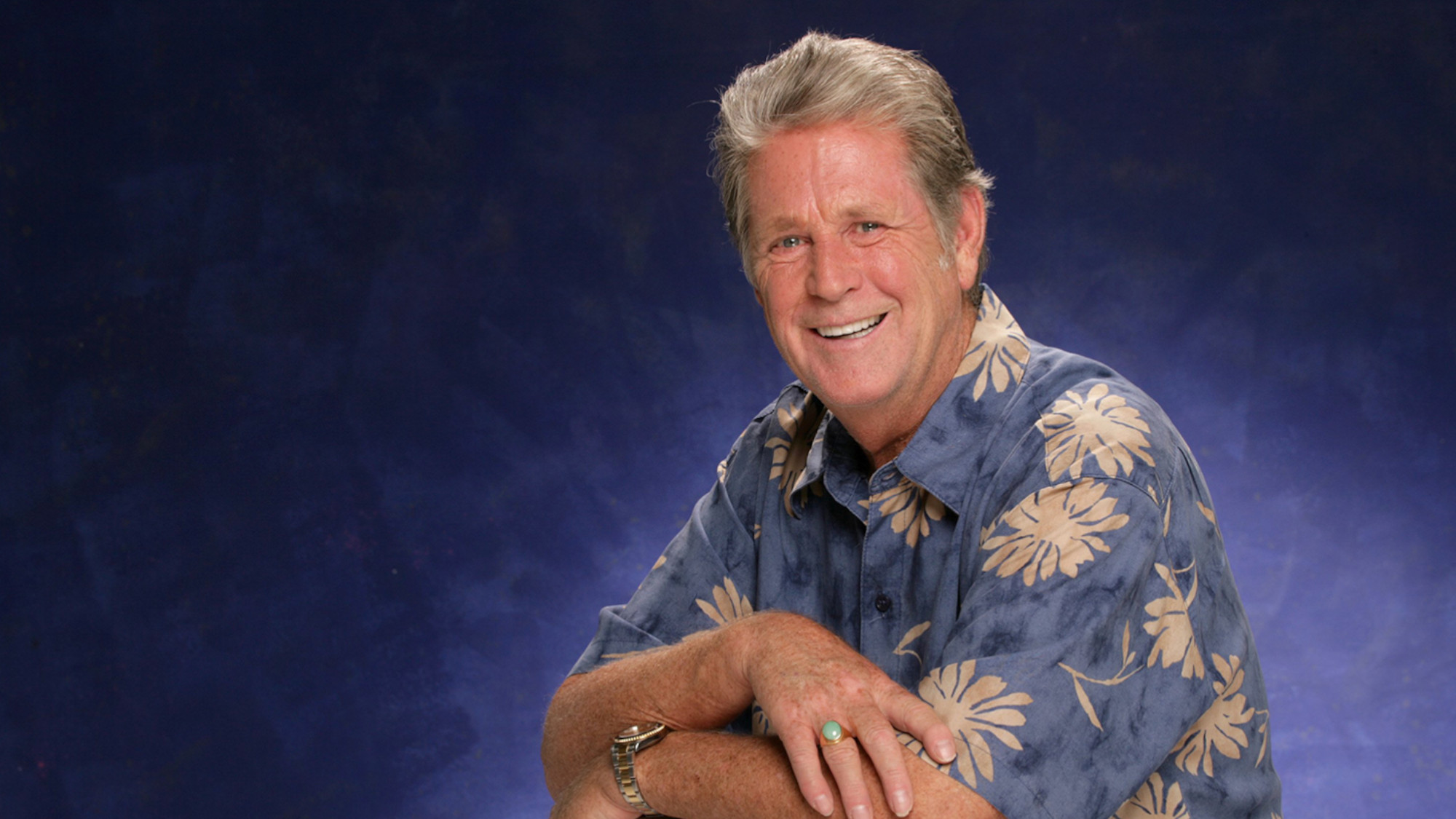 Brian Wilson: the troubled genius who powered the Beach Boys
Brian Wilson: the troubled genius who powered the Beach BoysFeature The musical giant passed away at 82
-
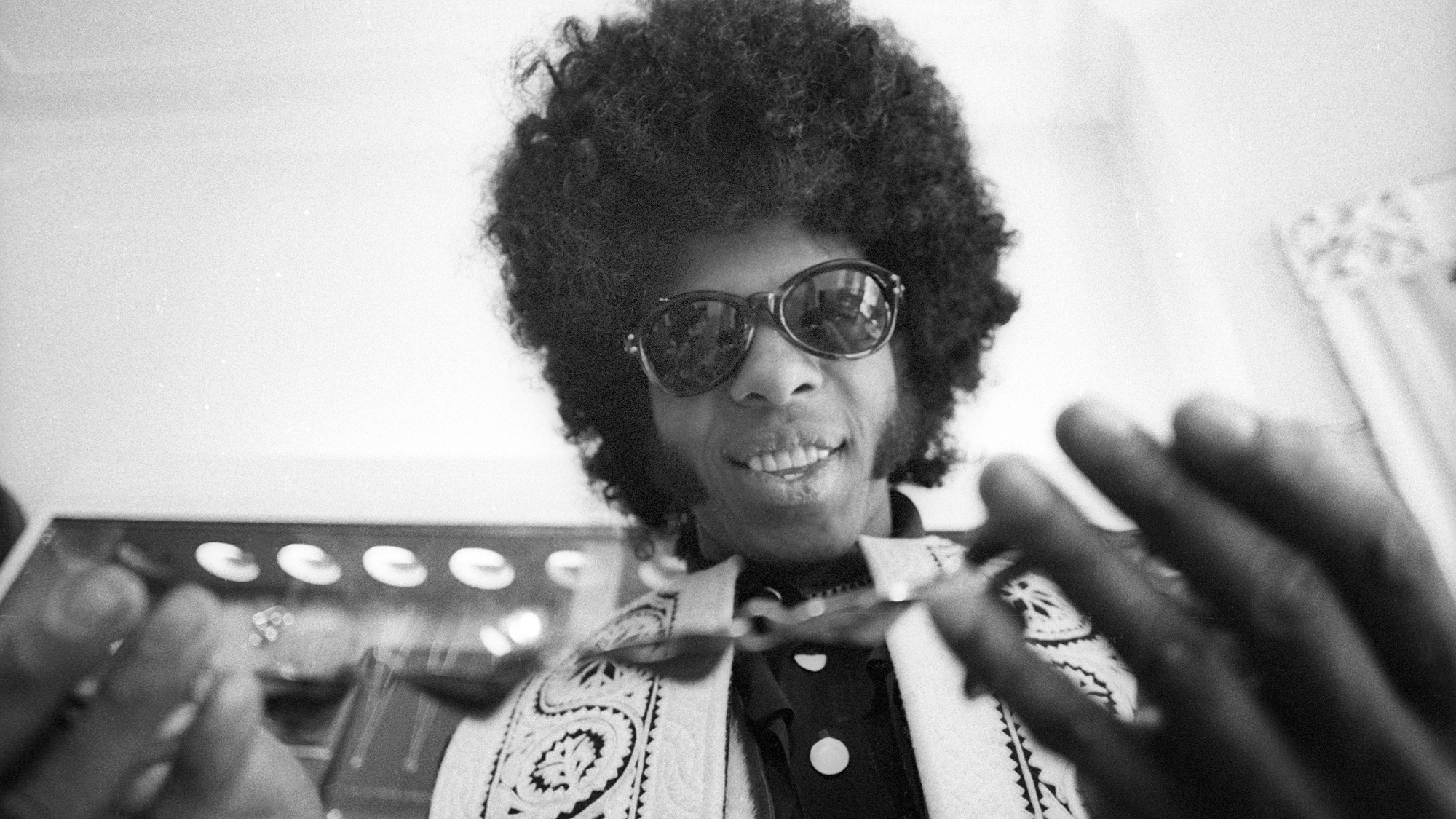 Sly Stone: The funk-rock visionary who became an addict and recluse
Sly Stone: The funk-rock visionary who became an addict and recluseFeature Stone, an eccentric whose songs of uplift were tempered by darker themes of struggle and disillusionment, had a fall as steep as his rise


